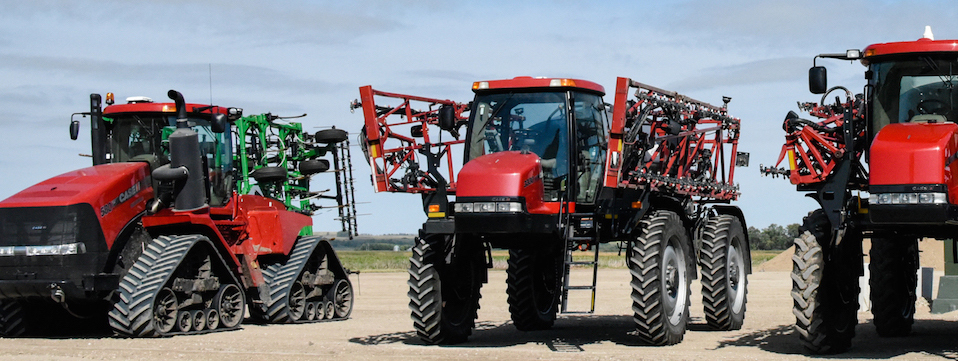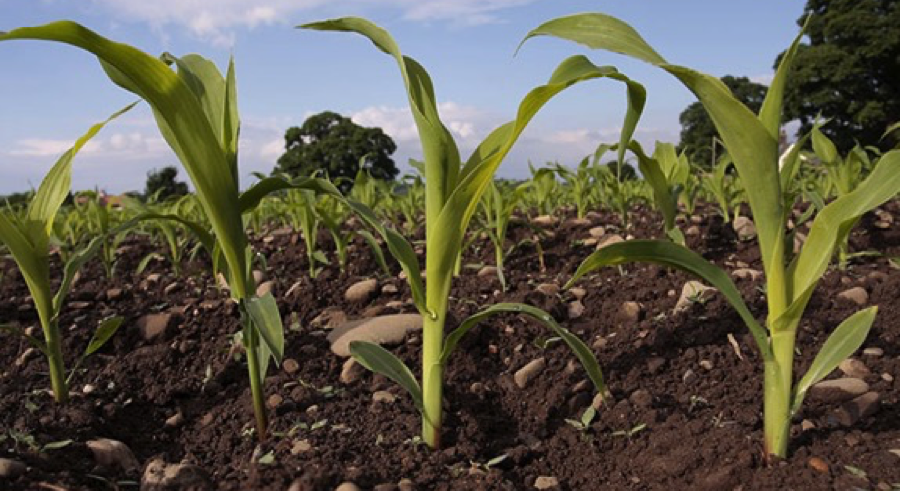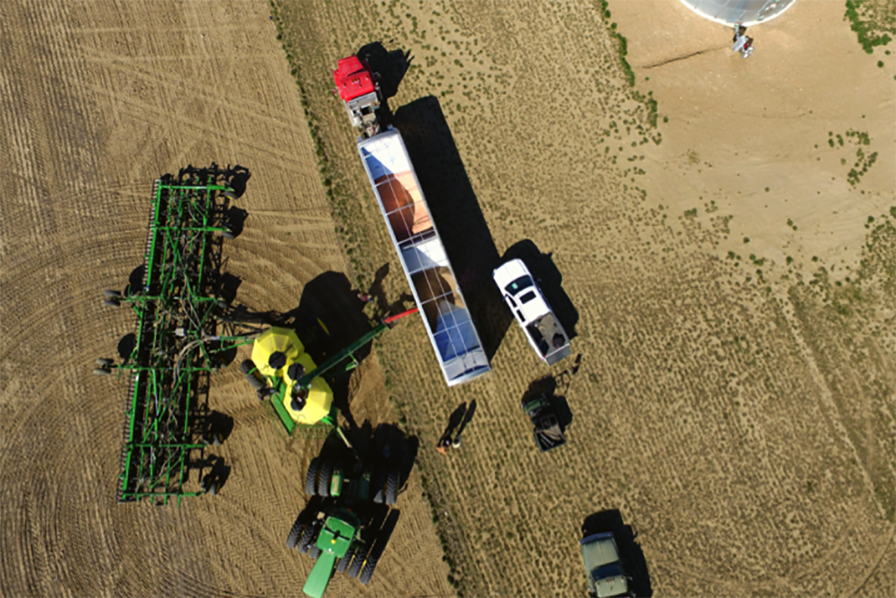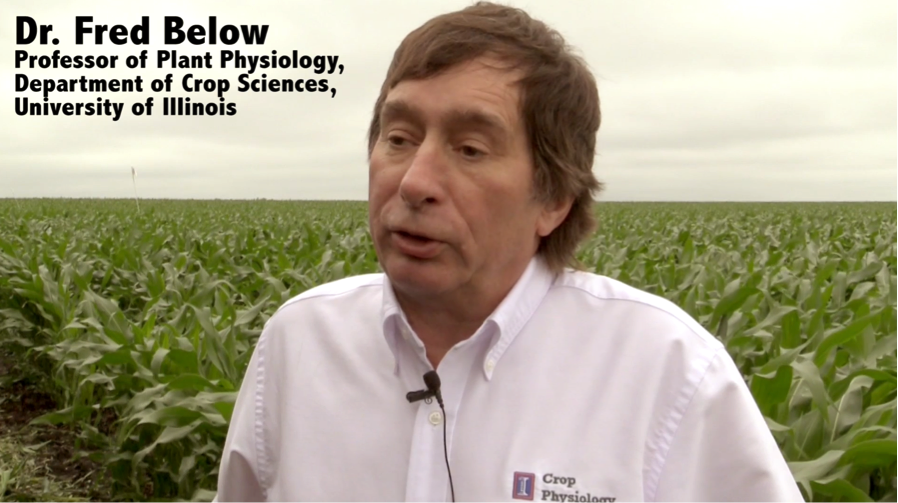
The agriculture industry not only provides food, energy and products that we all use on a daily basis, it is also often a leader in technology. Agricultural companies, professionals and even individual growers are often at the forefront of new technology concepts as they continue to work to make this very busy industry more efficient in costs, production and labor.
The industry continues to grow and evolve – making growers’ lives easier while still allowing them to produce the food that feeds the world. A few of the newest innovations are stemming from the big data trend that’s making a huge impact across most industries.
What is Big Data?
From advancements in GPS tools that let us know when we’ll run into traffic to social media algorithms that display content designed for an individual’s preferences, data solutions have made their way into our lives in so many ways.
Agriculture companies have also seen the impact that data can provide, and are working to develop big data solutions to help growers make informed decisions about their operation for the upcoming growing season.
Below are a few trends and tools to look for. These advancements and more are expected to change the entire landscape of the ag industry.
Drones
Unmanned aerial vehicles (UAVs) – otherwise known as drones – are being used within a lot of different industries for a variety of reasons. Many people even own them for recreational purposes, but they can also be a great tool for precision agriculture. UAVs make it more convenient and economical to capture data that was previously only available through manned aircraft imagery or satellite imaging.
One example is aerial imagery. Aerial imagery can help growers in a number of ways, namely spotting irrigation, pest/disease, or soil issues that may not be visible from the ground. Data taken from drones can also show the progression or change in the crops throughout the growing season since UAVs make it more economical to take images more often.
Certain drones can develop orthomosaic images, which can then be synced with programs that create prescription maps. Prescription maps are a streamlined way for a grower to tell what’s needed on his or her farm, and where. These maps can be digitally transferred into some applicators, saving a lot of time and manual effort for growers.
Sensors
Sensors in agriculture can be used in a variety of ways, including monitoring soil nutrients, analyzing water availability, taking leaf temperature, watching for insects or disease, etc.
Terrain robots are being researched and outfitted with these sensors so that they can autonomously move about between rows, collecting information on soil and crops. This information will allow growers to make maps showing which problems exist in specific areas of their fields.
The aim of these sensors is to help growers cut down on unnecessary applications. If the map shows one area of the field is doing fine on moisture, the grower will know it doesn’t need water at that time. This type of data will help growers save time, money and resources.
Data Analysis
Growers often lament the weather, and how it’s unpredictability can make or break their crops. Unfortunately, nothing can be done about the weather, but there are options for making the most of the hand dealt by Mother Nature.
Companies like Climate Corp. are giving growers access to data analysis that can offer projections and recommendations based on the information collected. Using in-season and historical field imaging, crop health issues can be identified before they impact yield.
The data provided by Climate Corp FieldView™ products can provide insight on topics such as nitrogen availability or how many seeds to plant in various areas of the field.
These analytics help growers make data-driven decisions that can help them increase yield and turn a better profit.
Original Source: Leaders of In-Furrow Technology, West Central






 “We appreciate our owners’ commitment to the governance of the company they own, as evidenced by their strong interest in the proposed changes to the core CHS governing documents” says CHS Board Chairman David Bielenberg. “Having a voice in the governance of the company you own and do business with is an essential point of difference of the cooperative business model.”
“We appreciate our owners’ commitment to the governance of the company they own, as evidenced by their strong interest in the proposed changes to the core CHS governing documents” says CHS Board Chairman David Bielenberg. “Having a voice in the governance of the company you own and do business with is an essential point of difference of the cooperative business model.”

 There are many issues growers face in today’s agricultural industry. One rising to the top of the list is low commodity prices.
There are many issues growers face in today’s agricultural industry. One rising to the top of the list is low commodity prices.
 There are best management practices growers can follow this fall to optimize fertilizer applications.
There are best management practices growers can follow this fall to optimize fertilizer applications.